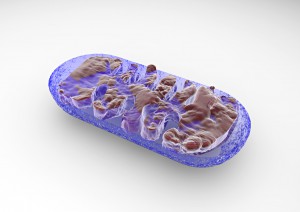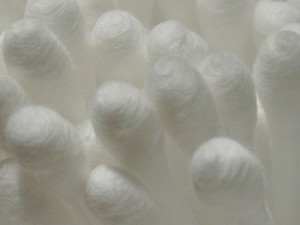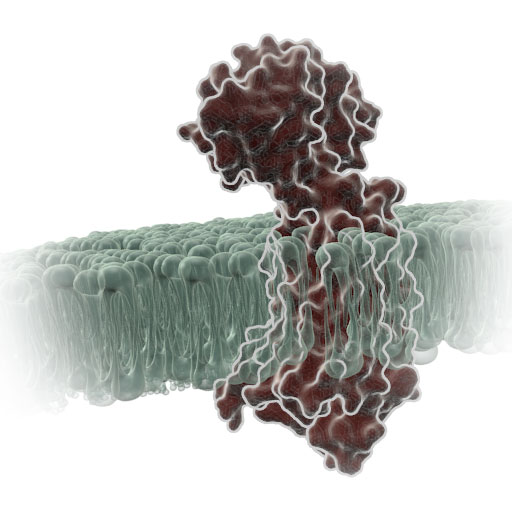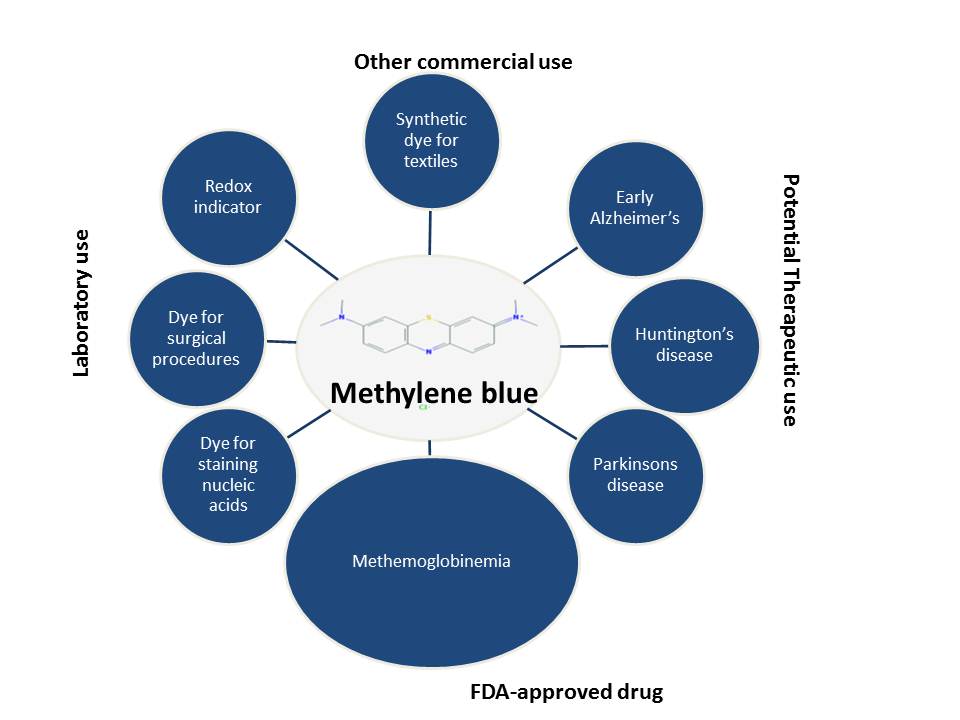 Mitochondria, often thought of as powerhouses of the cell, are fascinating eukaryotic organelles with a double-layered membrane and their own genome. Mitochondrial DNA (Mt DNA) is typically about 16570 bases, circular, highly compact, haploid and contains 37 genes, all of which are essential for normal mitochondrial function. Thirteen of these genes provide instructions for making enzymes involved in oxidative phosphorylation, a process that uses oxygen and simple sugars to create adenosine triphosphate (ATP), the cell’s main energy currency. The remaining genes code for transfer RNA (tRNA) and ribosomal RNA (rRNA) which are necessary for translating messenger RNA transcribed from nuclear DNA, into protein molecules.
Mitochondria, often thought of as powerhouses of the cell, are fascinating eukaryotic organelles with a double-layered membrane and their own genome. Mitochondrial DNA (Mt DNA) is typically about 16570 bases, circular, highly compact, haploid and contains 37 genes, all of which are essential for normal mitochondrial function. Thirteen of these genes provide instructions for making enzymes involved in oxidative phosphorylation, a process that uses oxygen and simple sugars to create adenosine triphosphate (ATP), the cell’s main energy currency. The remaining genes code for transfer RNA (tRNA) and ribosomal RNA (rRNA) which are necessary for translating messenger RNA transcribed from nuclear DNA, into protein molecules.
One of the most important characteristics of mitochondrial genome that is relevant to field of forensics is the copy number. Continue reading “Mitochondrial DNA Typing in Forensics”




 Marijuana is a highly controversial substance with roughly an equal number of supporters and opponents of its use for medicinal purposes. Marijuana is a dry, shredded mix of flowers, stems, seeds and leaves of the Hemp plant Cannabis sativa. New studies reporting the efficacy of medicinal marijuana in clinical conditions surface on a fairly regular basis, with the latest being a reported treatment for seizures. This constant influx of new information shows how little we know about the substance and how it works in the human body. So what do we know about this substance? While many psychoactive drugs clearly fall into the category of either stimulant, depressant or hallucinogen, Cannabis exhibits a mix of all properties, perhaps leaning the most towards hallucinogenic or psychedelic, though with other effects quite pronounced as well.
Marijuana is a highly controversial substance with roughly an equal number of supporters and opponents of its use for medicinal purposes. Marijuana is a dry, shredded mix of flowers, stems, seeds and leaves of the Hemp plant Cannabis sativa. New studies reporting the efficacy of medicinal marijuana in clinical conditions surface on a fairly regular basis, with the latest being a reported treatment for seizures. This constant influx of new information shows how little we know about the substance and how it works in the human body. So what do we know about this substance? While many psychoactive drugs clearly fall into the category of either stimulant, depressant or hallucinogen, Cannabis exhibits a mix of all properties, perhaps leaning the most towards hallucinogenic or psychedelic, though with other effects quite pronounced as well.  While the forensic and general communities continue to argue about the merits of the recent Supreme Court ruling on collection of samples from arrestees prior to conviction, I am fascinated by the technology that make this question relevant. The conventional way of generating a DNA profile from a sample by STR (short tandem repeat) analysis is a long process involving a series of steps that require sophisticated expensive equipment, trained personnel and, more importantly, time. The actual process of DNA analysis consists of a) sample collection, b) DNA extraction, c) PCR amplification using 16 or more unique fluorescently labeled primer sets d) capillary electrophoresis to size labeled DNA amplicons, e) software analysis to size DNA fragments and allele calls based on migration of allelic ladder fragments, and f) comparison to known profiles in the database. This entire workflow can typically take days or even weeks, and therefore it is not surprising that we see newspaper reports of backlogs of criminal and other property cases. With these time ranges, the sample collected at a site would be of no practical use to most ongoing investigations.
While the forensic and general communities continue to argue about the merits of the recent Supreme Court ruling on collection of samples from arrestees prior to conviction, I am fascinated by the technology that make this question relevant. The conventional way of generating a DNA profile from a sample by STR (short tandem repeat) analysis is a long process involving a series of steps that require sophisticated expensive equipment, trained personnel and, more importantly, time. The actual process of DNA analysis consists of a) sample collection, b) DNA extraction, c) PCR amplification using 16 or more unique fluorescently labeled primer sets d) capillary electrophoresis to size labeled DNA amplicons, e) software analysis to size DNA fragments and allele calls based on migration of allelic ladder fragments, and f) comparison to known profiles in the database. This entire workflow can typically take days or even weeks, and therefore it is not surprising that we see newspaper reports of backlogs of criminal and other property cases. With these time ranges, the sample collected at a site would be of no practical use to most ongoing investigations. 


